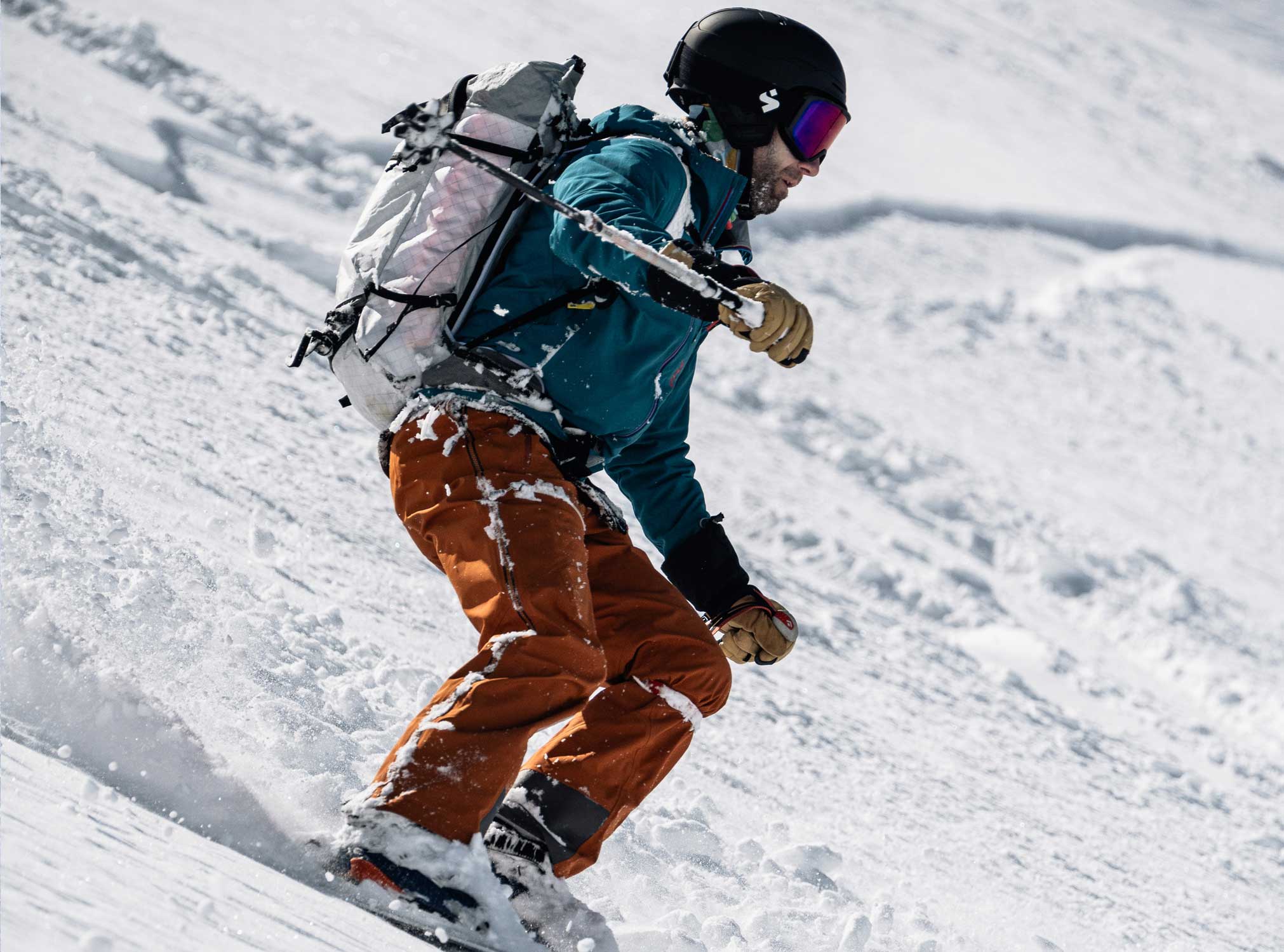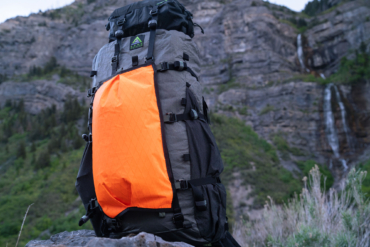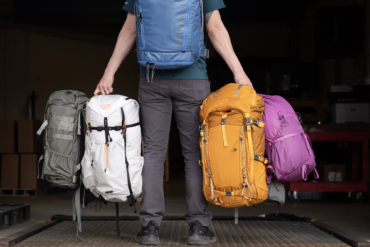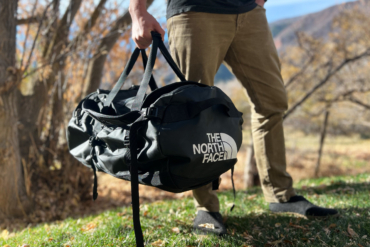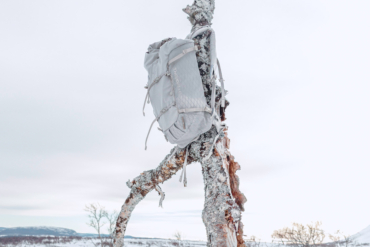Mike Kloser, a Vail, Colo., athlete and a former world-champion mountain biker, is something of a god in the sport of adventure racing. As the captain of Team Nike, Kloser dominated AR for years, including multiple world-champ titles and victories at banner events like the Eco Challenge and Primal Quest under his belt.
Last year, Kloser launched a gear company, Out There USA, and he designed a backpack. After years of racing — as well as living a consummate outdoors existence working and training in Colorado — Kloser put his knowledge toward making his company’s AS-1 Pack something of an ultimate multi-sport tool.

Gear Junkie got an exclusive first look at the AS-1 last February when it was still in beta. Team GearJunkie.com, competing in the Wenger Patagonian Expedition Race where Kloser was on the photography/media staff, got the tutorial on the pack’s obscure design and multifaceted nature while it was going through a serious field test in the wilds of southern Chile.
The AS-1 comes officially onto market this spring. Its final price tag is TBD, though the company estimates it will be between $169 and $199. This winter, we put the pack to the test ourselves.
At first glance, the AS-1 looks busy and confusing. It is a tangle of mesh, straps, pockets, buckles and hooks. But there is method to the madness. On back, there are loops and attachment points for skis, trekking poles, kayak paddles, and a hidden helmet net. On front, via elasticized mesh holsters and hip pockets, an adventurer wearing this pack has access to an incredible amount to gear.
In adventure racing, constant forward motion is key. Racers rarely stop to eat, drink or apply sunscreen. As such, racers prefer to grab and go from pockets reachable on the backpack harness and hip belt.
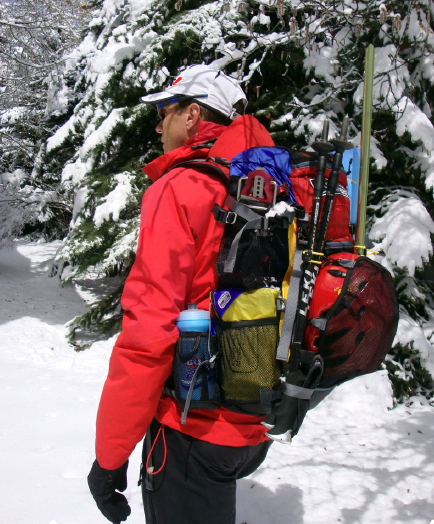
The AS-1 provides this never-take-the-pack-off accessibility better than almost anything I’ve seen. There are four zip pockets, four water bottle holders, two hydration-hose ports, a whistle, and several attachment points — all reachable on front. On an adventure, you can cram a half-day’s worth of energy food, a compass, lip balm, and other essentials in the pack’s up-front holsters and hip-belt pockets.
The multifunctional nature continues on back. There are compression straps for skis, snowboards, and other equipment; ice axe and trekking pole loops and attachment straps; a map pocket; tabs on the bottom of the pack for attaching camping gear; and multiple zippered and mesh pockets.
In all, the AS-1 has about 30 liters of internal storage capacity and then another 10 liters offered from its many external pockets and holsters. The back panel has light padding and there is a foam sheet for its internal-frame support.
It is not a small backpack. The AS-1 measure about 20 × 12 × 6 inches, and it weighs about 2.5 pounds when empty. The outer fabric is a lightweight rip-stop nylon.
I have tested the AS-1 for a few weeks and am becoming more of a fan. The pack takes some time to learn, as there are so many features. But once you’re comfortable with the pack it can be a great tool.
Kloser has an interesting new product with the AS-1. I plan to test the pack further this winter before making any big conclusions. But so far, I like the AS-1. It carries a load with ease, and it offers the functionality and accessibility to gear and supplies needed for outdoors types like me who need to move fast and are always racing ahead.
Update, February 24, 2011. . . I used this pack for a week of racing in the 2011 Wenger Patagonian Expedition Race in southern Chile, where my Team GearJunkie.com took second place. The pack survived, and it functioned for the most part really well in the event. None of the mesh ripped, amazingly, as this race course was just crazy full of bushwhacking for 100+ miles.
Upsides. . . I loved all the accessibility. The abundance of pockets and stash areas allow you to keep your gear and food really organized and reachable w/o removing the pack — key for adv. racing. The water bottle holders, easily reachable from up front, were great. The hip-belt pockets were surprisingly large and can hold a half-day’s worth of energy food. I also loved the small zip mesh pockets on the shoulder straps. I kept lip balm, sunscreen, and a small Wenger Swiss Army Knife (appropriately!) in there, and I used those small items dozens of times during the race. It was really slick to have them so accessible.
Gripes. . . with all the pockets and straps and buckles, the pack can be a bit confusing. It seems slightly overbuilt, and it is a bit heavier than I would like. I didn’t need all the pockets, and some were just left empty on the race. Also, you sometimes forget where you put a piece of gear because there are so many places. Another thing: The narrow “map pocket” on the side suffered when the pack was stuffed full — the zipper on that pocket was stressed, making it hard to open and close and freaking me out (thinking it was going to break — it didn’t).
The pack is not very waterproof. Water sluices in during river crossing and swims like with any average pack. But all my stuff was in waterproof bags inside anyway (as is standard). Overall, it was comfortable to wear for days on end. The soft frame sheet inside (which allows you to use the pack as a pseudo camp pad!) supports enough for loads to 30 pounds or more.
It fits close. No complaints on fit overall. It felt fine trekking, for (light) running, climbing, and while biking.
In sum. . . I would use this pack again on a long adventure race or other expedition. The up-front pockets and stash areas are the biggest advantages. The “backpack” part of the pack is fine, though nothing overly special.
I would love to see version 2.0 as a bit more streamlined, lighter weight, and then maybe with some unique AR features (like a true waterproof compartment, for example).
—Stephen Regenold is founder and editor of www.gearjunkie.com. He will captain Team GearJunkie.com in this year’s Wenger Patagonian Expedition Race beginning February 8, 2011.
